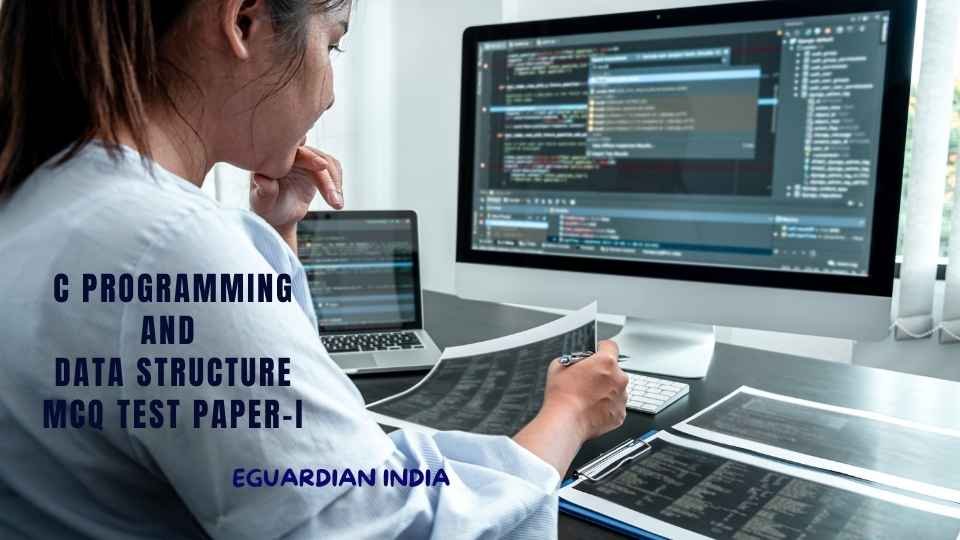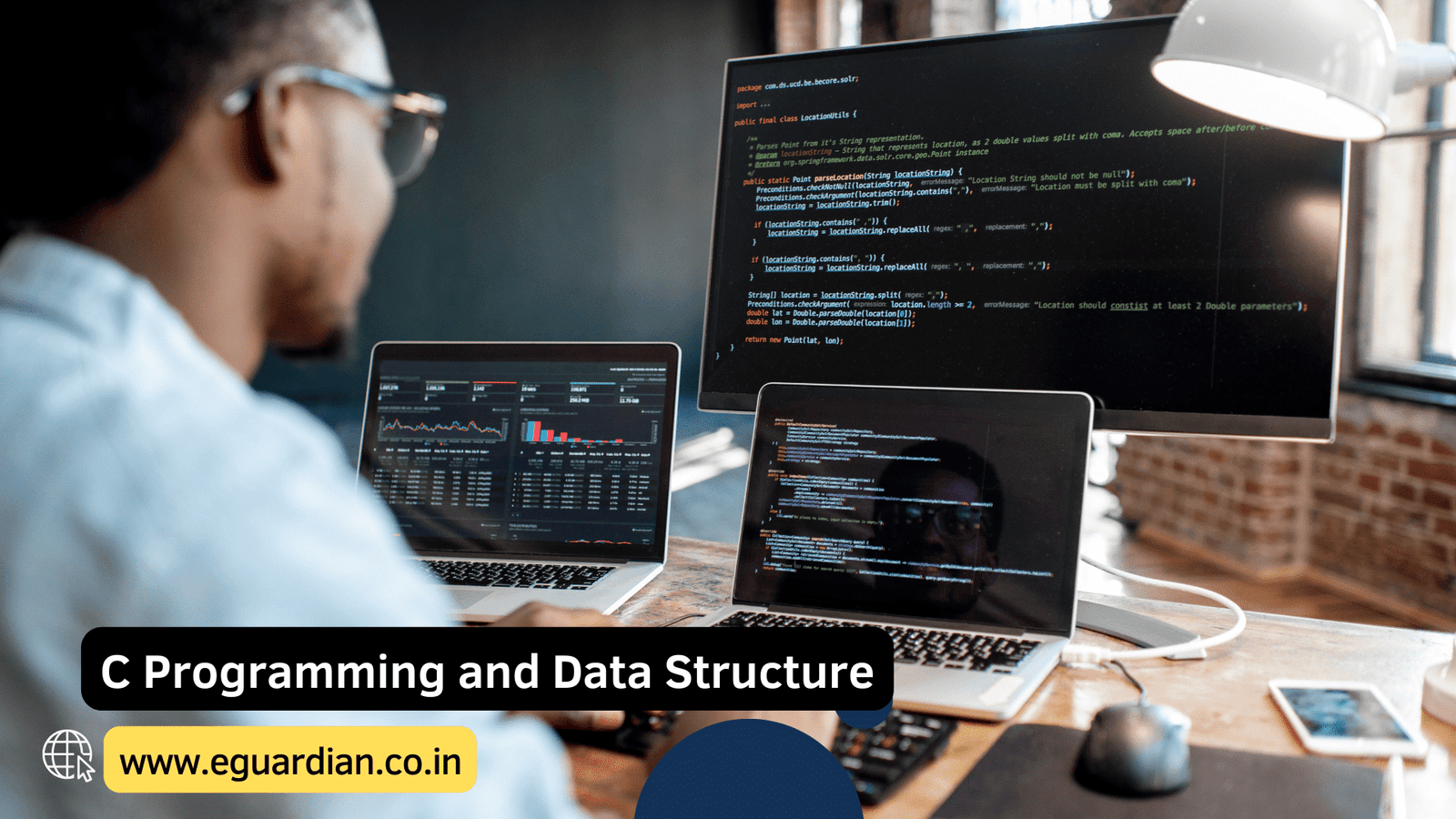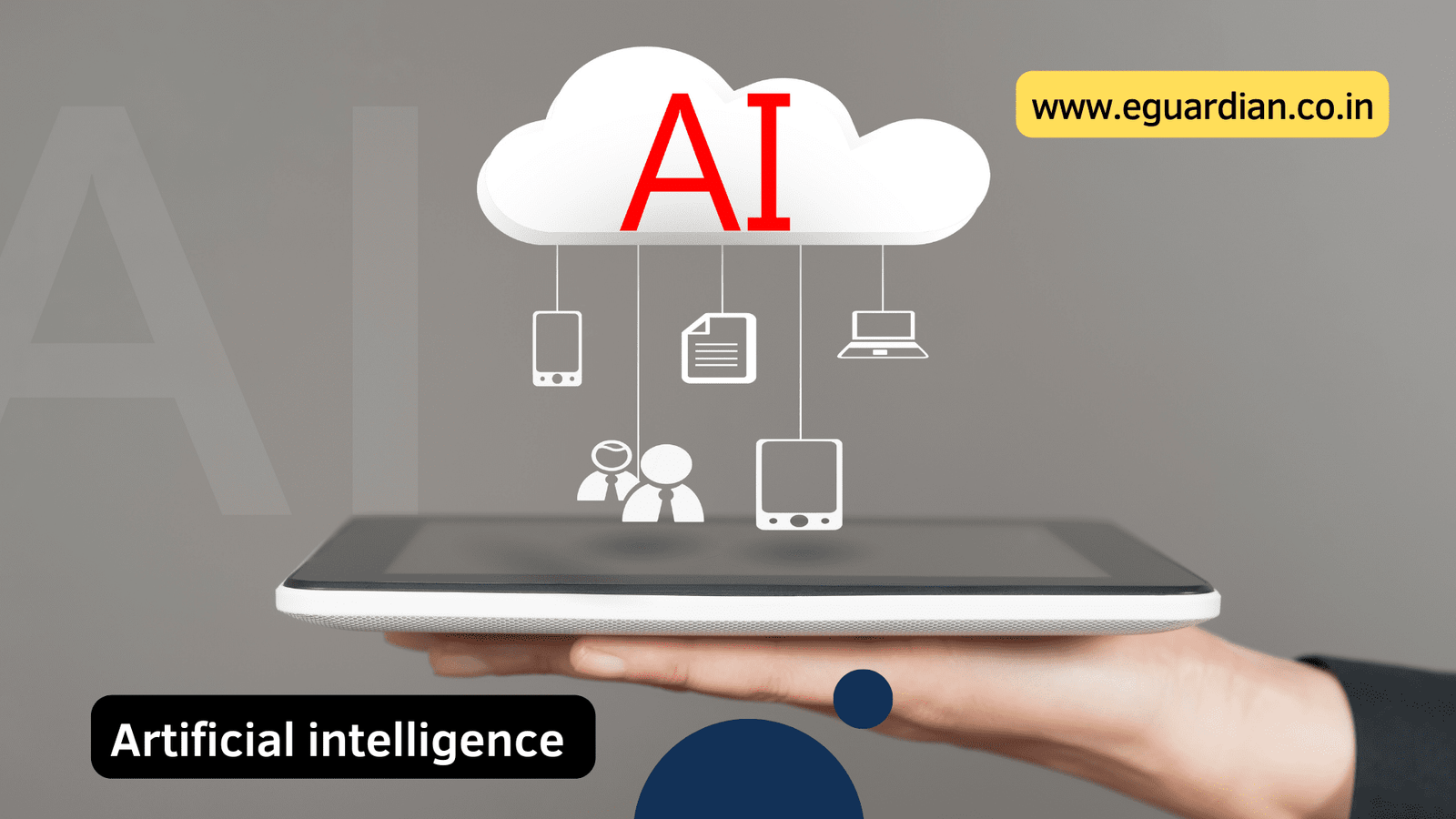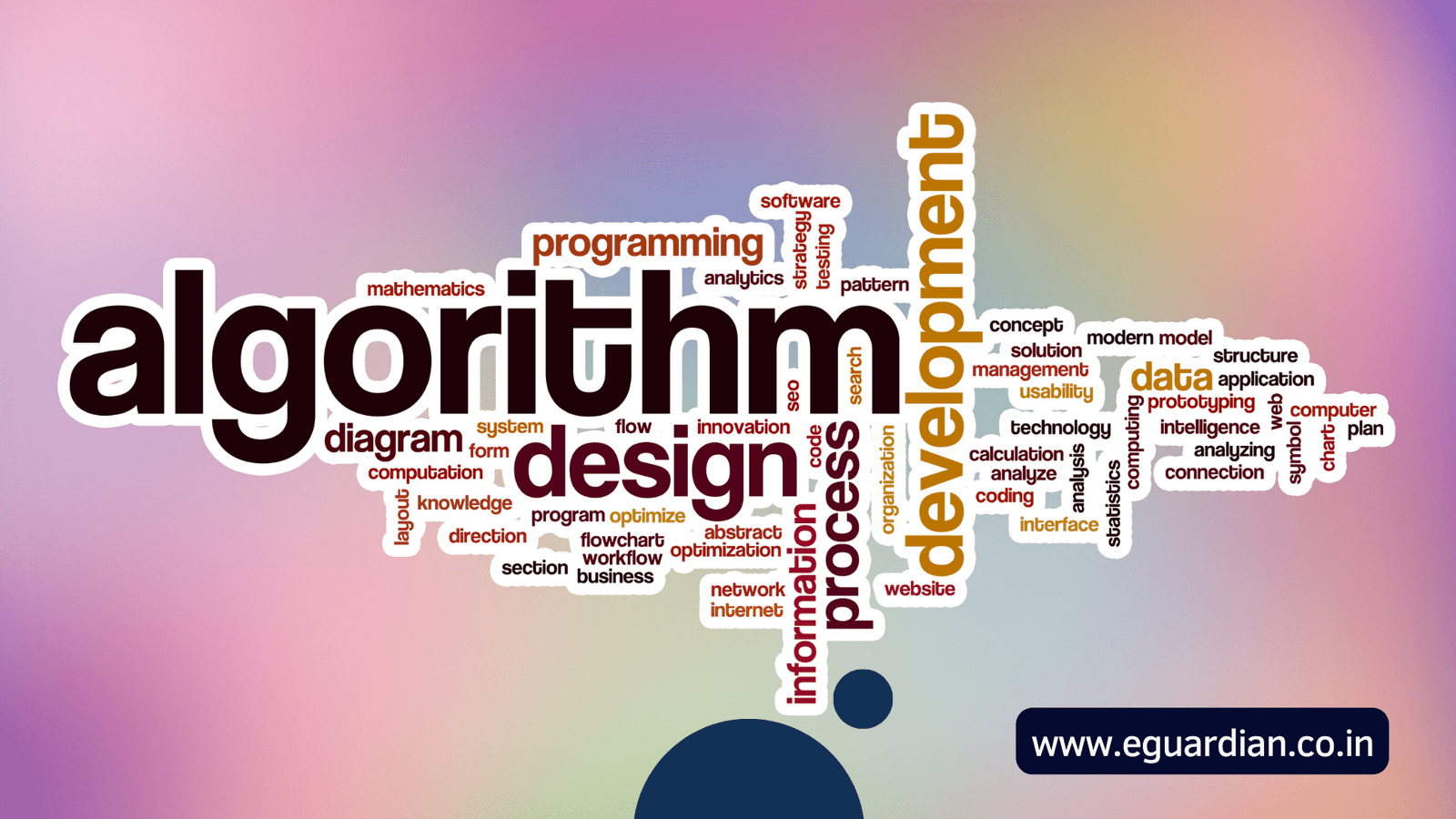Looking to test your knowledge on Management Information Systems (MIS)? Look no further! In this article, we have curated the top 75 multiple-choice questions (MCQs) on MIS, covering a wide range of topics and concepts.
Whether you are a student studying for an exam, a professional looking to brush up on your skills, or simply someone interested in technology and its role in business, this comprehensive list of MCQs will provide you with the perfect opportunity to test your understanding.
From the basics of MIS to more advanced topics like decision support systems, database management, and IT infrastructure, these questions are designed to challenge and engage you. So, get ready to dive into the world of MIS and see how well you fare in this exciting quiz!

Top 75 MCQ on MIS – Management Information Systems MIS MCQ
1. Organization uses MIS for ___, ___ and ___.
Ans. Decision making, Control of activities and operations
2. Data is processed to form ___.
Ans. Information
3. What are the disadvantages of MIS?
Ans.
The following are some of the disadvantages of MIS:
• MIS is highly sensitive: MIS is very helpful in maintaining the logging information of an authorized user. This needs to monitor constantly.
• Quality of outputs is governed by the quality of inputs.
• MIS budgeting: There is difficulty in maintaining indirect costs and overheads. Capturing the actual cost needs to have an accrual system having true costs of outputs which is extremely difficult. It has been difficult to establish definite findings.
• MIS is not flexible to update itself for the changes.
• The changes in the decision of top-level management decrease its effectiveness.
• Information accountability is based on qualitative factors and the factors like morality, confidence or attitude will not have any base.
4. ___ give advice to the end-users based on the Knowledge.
Ans. Expert systems
5. How are MIS categorized?
Ans. MIS is classified into various types. The classification depends on the following aspects –
a) Functionality
b) Utility
c) Area of application
d) Processing type
e) Frequency of usage
6. Consider yourself as the manager in the department of production and give an example in which you create a module of the information system that can be used by other departments of the organization.
Ans. Though different types of IS exist in any organization, you can relate them to each other directly or indirectly. The information generated in one department may be used by another department to generate further information to be used by other departments and so on. Thus there exists a relationship between various types of IS being used in any organization.
7. PDA is systems which are kept on top of desks in various offices, residences, classrooms, departmental store, showrooms, etc.
Ans. False
8. It is possible to carry a notebook computer in pockets, hence is very convenient to use.
Ans. False
9. A PC can ___ data at a very high speed.
Ans. Process
10. A PC with ___ offers the facility of video conferencing worldwide.
Ans. Internet
11. A processor refers to a unit that processes the ___ received the way it has been instructed.
Ans. Input
12. What are the Class model, state model and interaction model?
Ans. A class model indicates the static structure of the objects and their relationships with other business objects. A state model indicates the change that takes place in the objects with respect to time. The interaction model indicates how to coordinate objects with other objects to achieve business goals. Some of the special features of object modelling are – polymorphism, inheritance, templates, etc.
13. ___ are a process where it is possible to capture the thought process going on in the brain of the human being.
Ans. Neural networks
14. An organization is a structure that uses the resources from the environment like manpower, raw materials, capital and returns the output like products and services to the environment.
Ans. True
15. User resistance is a major behavioural factor associated with the adoption of new systems.
Ans. True
16. Strategic Information System (SIS) is a support to the existing system and helps in achieving a competitive advantage over the organization’s competitors in terms of its objectives.
Ans. True
17. The original idea of automating mechanical processes got quickly succeeded by the rationalization and integration of systems.
Ans. True
18. ___ is an enterprise’s plan for achieving sustainable competitive advantage over or reducing the edge of, its adversaries.
Ans. Competitive Strategy
19. The two basic factors which may be considered to be adopted by the organization in their strategies are ___ and ___.
Ans. Low cost and Product Differentiation
20. Product differentiation is the degree to which buyers perceive products from alternative suppliers to be different.
Ans. True
21. The buyers of differentiated products may have to pay a price when satisfying their preference for something special, in return for no value.
Ans. False
22. Newer technologies change the direction of the value chain.
Ans. True
23. The notion of ___ was created to complement that of ___.
Ans. Competitive necessity, competitive advantage
24. ___ may be in the interests of the customers since it may result in lower costs, higher quality or greater reliability.
Ans. Collaboration
25. Any organization will have the number of ___ aligned with its business activities.
Ans. processes
26. Business process reengineering helps in ___ of the entire workforce along with various flows, ___ the wastages, and giving the system a new dimension.
Ans. reorganization, minimizing
27. A concept called ___ is used, to make everybody and all the process in an organization contribute towards better quality.
Ans. TQM.
28. A ___ has mainly a procedure defined within and a set of values called ___.
Ans. Object, attribute
29. What are the major issues of OOM?
Ans. Object-oriented Analysis/Design, Object-oriented programming
30. What are the characteristics of a data warehouse
Ans. subject-oriented, integrated, non-volatile, and time-variant
31. The design of the MIS should consider the class of information as a whole and provide suitable information system architecture to generate information for various users in the organisation.
Ans. True
32. Functional information is defined as a set of information required by the customer conducting the administration and management of the function.
Ans. False
33. The sole purpose of the MIS is to produce such information which will reduce uncertainty risk in a given situation.
Ans. True
34. The experts or experienced users are asked to give their best answers – this approach is called the Delphi method.
Ans. True
35. Only a few business organisations perform successfully on efficient management of certain critical success factors.
Ans. False
36. Perfect ___ just as perfect information is non-achievable and has cost-benefit implications.
Ans. Quality
37. All the inputs are processed and ___, as input and process design.
Ans. Controlled
38. ___ of the data and files are taken to safeguard corruption or loss of data.
Ans. Backup
39. Proper people organisation is basic to the management of any activity or function.
Ans. True
40. In a decentralized set, the responsibility of acquisition of the data, of providing the information to the users, becomes the centralized function.
Ans. False
41. The MIS is ___ into the managerial functions.
Ans. Integrated
42. The MIS is kept under continuous ___ so that its open system design is modified according to the changing information needs.
Ans. Surveillance
43. The term ERP originally referred to how a large organization planned to use organizational wide resources.
Ans. True
44. Management functions were all once stand-alone software applications, usually housed with their own database and network, today, they can all fit in one umbrella – the ERP system.
Ans. True
45. The process of business planning can be broadly classified as strategic level.
Ans. False
46. The operational planning decides on the ___ and the cost ___.
Ans. Investment cost control
47. ___ and ___ of products is also an important aspect of operational planning.
Ans. Costing, pricing
48. The management costs are reduced and the efficiency increased due to the use of information technology and thus the revenues of the organization increases.
Ans. True
49. Information systems can be used to support strategy at the business, firm and industry level.
Ans. True
50. Implementing strategic systems often requires extensive organizational change and a transition from one socio-technical level to another, which is known as operations transitions.
Ans. False
51. ERP delivers a single database that contains all data for the software modules.
Ans. True
52. All functional departments that are involved in operations or production are integrated in one system.
Ans. False
53. DSS uses rules and models for processing data, to support various managerial levels, ranging from top executives to managers, in their decision-making. It supports all phases of decision-making: intelligence, design, choice and implementation.
Ans. True
54. The TPS database is a collection of current or historical data from a number of applications or groups.
Ans. False
55. ___ is the science and technology-based on various functions to develop a system that can think and work like a human being.
Ans. Artificial Intelligence
56. A ___ is a microcell that is connected to thousands of other microcells in the brain and all the other parts of the human body containing nerves. It is a system that tries to learn from the database and the manager then decides what the right answer is.
Ans. Neuron
57. The goal of AI is to develop computers that can ___ the ability to think, see, hear, walk, talk and feel. In other words, simulation of computer functions normally associated with human intelligence, such as reasoning, learning and problem-solving.
Ans. Simulate
58. ___ provide answers to questions in a very specific problem area by making human-like inferences about the knowledge contained in a specialized knowledge base. Expert systems can provide decision support to end-users in the form of advice from an expert consultant in a specific problem area.
Ans. Expert System
59. In E-business enterprise, traditional people organization based on ‘Command Control’ principle is strengthened.
Ans. False
60. E-business enterprise is more process-driven, technology-enabled and uses its own information and knowledge to perform.
Ans. True
61. Customer satisfaction and high-level customer service is possible using knowledge-based proactive management systems.
Ans. True
62. In E-enterprise, business is conducted manually.
Ans. False
63. MIS for E-business is the same as the conventional MIS design of an organization.
Ans. False
64. E-business systems use ___ and run on the Internet platform.
Ans. Client / server architecture
65. Inter-organisation communication applications, like a news bulletin, communicating the change of rules, announcements and price revisions are very common in ___.
Ans. B2C
66. In the ___ model, a customer interacts with information databases such as product catalogues, price information, configures the product, compares the cost, places the order, and gets it delivered after the electronic payment process.
Ans. C2B
67. ___ business models actually run with the help of B2C, C2B and C2C models.
Ans. B2B
68. ___ controls the website inflow/outflow, content management and regulation of the traffic.
Ans. Webmaster
69. The look and feel of an E-commerce website should be ___
Ans. Customer-friendly and attractive
70. The job of ___ is to keep the website very responsive and keep contents latest and up-to-date.
Ans. Web administrator
71. Most popular and widely used messaging system are ___
Ans. E-mail & voice-mail
72. When there is a need for communication in real-time, systems available are ___, ___ and ___
Ans. Voice conferencing, Videoconferencing and electronic meeting
73. ___ provides capabilities of video and audio for participants situated at different locations.
Ans. Video conferencing
74. Video conferencing also becomes an interacting and effective communication system when it has a feature of ___ and ___
Ans. Whiteboarding; document sharing
75. In ___, participants sit in a meeting room with networked PCs and an online screen projector to discuss the meeting agenda.
Ans. Electronic meeting system
Conclusion
We hope that you found the Top 75 MCQ on MIS – Management Information Systems informative and engaging. We designed these multiple-choice questions to test your knowledge and understanding of MIS concepts. If you enjoyed our MCQs, we encourage you to share them with your friends and colleagues on social media platforms.
By doing so, you can help spread awareness about the importance of MIS in today’s business world and potentially assist others in enhancing their knowledge as well. Thank you once again for participating, and we look forward to providing more valuable content in the future.
Read more MCQs:
- Audio Video format of these MCQs
- MCQ on Management Information System
- Microprocessor and Microcontroller MCQs with answers



